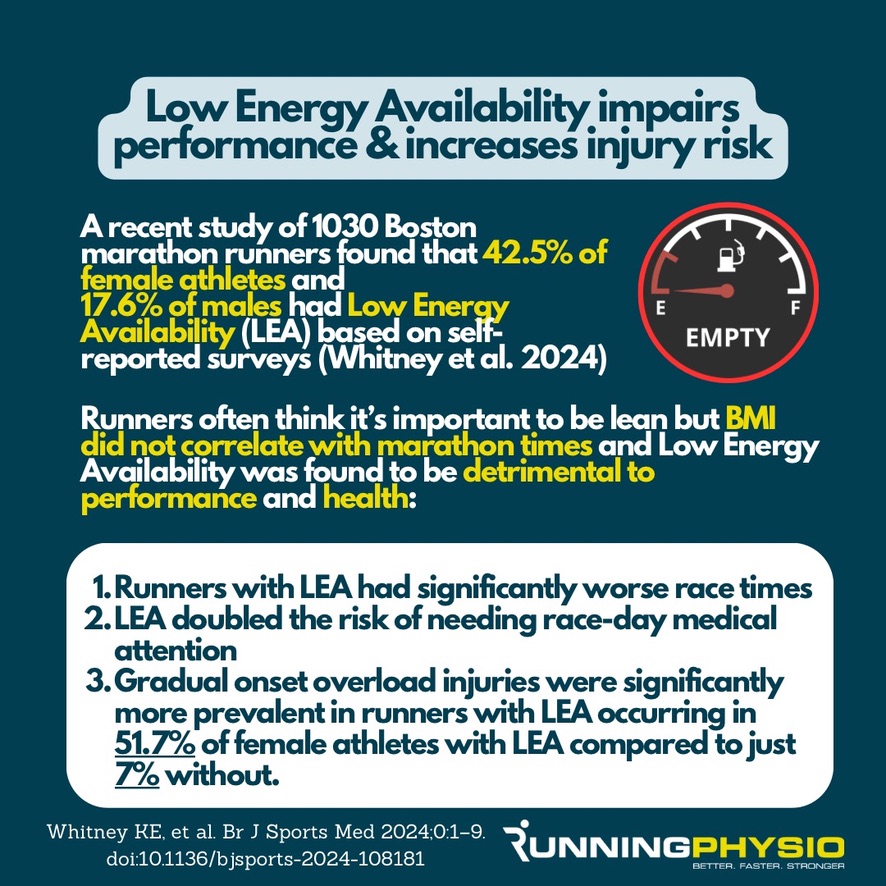Understanding Progressive Overload
Progressive overload involves gradually increasing the demands on your musculoskeletal system, thereby stimulating muscle growth, strength, and endurance. Traditionally, this has meant adding more weight to the bar. However, is this the only way to achieve muscular adaptations?
The Study: Load Increase vs. Repetition Increase
A groundbreaking study published in PeerJ (2022) by Plotkin et al. compared two groups over an 8-week period to see which method of progressive overload was more effective: increasing load or increasing repetitions[1]. Participants, all of whom had at least one year of lower body resistance training experience, were divided into two groups:
- One group increased the load while keeping repetitions constant.
- The other group increased repetitions while keeping the load constant.
Key Findings
The study found that both methods led to muscular adaptations, with some interesting nuances:
- Rectus femoris (part of the quadriceps) growth modestly favoured the group that increased repetitions.
- Dynamic strength increases slightly favoured the group that increased load.
- No other notable differences were found across other outcomes, such as muscle thickness in different areas, muscular endurance, jump height, body fat, or leg segmental lean mass.
Implications for Training
These findings offer valuable insights for trainers and trainees alike, presenting another promising approach to programming resistance training. Here’s what it means for your workouts:
Flexibility in Training
The study underscores the viability of both increasing loads and increasing repetitions for enhancing muscular adaptations. This flexibility allows for personalised training programs that can be adjusted based on individual goals, preferences, and the availability of equipment.
Tailored Goals
- For Muscle Growth: Focusing on increasing repetitions might be particularly beneficial, especially for targeting specific muscle groups like the quadriceps.
- For Increasing Strength: Adding more weight to your lifts remains a slightly more effective strategy, though the differences may not be significantly practical for most trainees.
Reducing Risk of Injury
For individuals recovering from injuries or those concerned about the risk of overloading with heavy weights, increasing repetitions offers a safer yet effective method of achieving progressive overload without the need to constantly increase the weight lifted.
Conclusion
The study by Plotkin et al. illuminates a path forward for those looking to optimise their resistance training strategy, offering evidence that both increasing loads and repetitions can lead to significant muscular adaptations. Whether your goal is muscle growth, strength, endurance, or rehabilitation, incorporating a mix of both strategies into your workout regimen can provide comprehensive benefits tailored to your unique fitness journey.
Embrace the flexibility in your training approach, and remember, the best workout is the one that is personalised, progressive, and most importantly, enjoyable!
Reference
- Plotkin, D., Coleman, M., Van Every, D., Maldonado, J., Oberlin, D., Israetel, M., Feather, J., Alto, A., Vigotsky, A.D., & Schoenfeld, B.J. (2022). Progressive overload without progressing load? The effects of load or repetition progression on muscular adaptations. PeerJ, 10, e14142.










